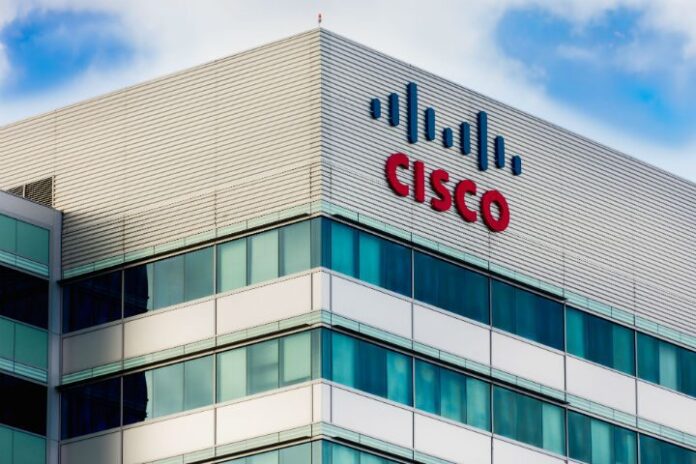Cisco has announced advancements to its IoT portfolio that enable service provider partners to offer optimized management of cellular IoT environments and new 5G use-cases, the company said in a release.
Cisco highlighted that new wireless technologies – such as 5G and Wi-Fi 6 – will lead to more devices, and new advanced Industrial IoT (IIoT) use cases and will give service providers the tools to create competitive cellular IoT offerings for their customers.
Machine-to-machine connections are expected to increase by 19% and account for 50% of all connections by 2023, according to Cisco’s 2020 Annual Internet Report.
“Cellular IoT deployments are accelerating across connected cars, utilities and transportation industries and with 5G and Wi-Fi 6 on the horizon IoT adoption will grow even faster. Cisco is investing in connectivity management, IoT networking, IoT security, and edge computing to accelerate the adoption of IoT use-cases,” said Vikas Butaney, vice president product management IoT, Cisco. “With today’s advancements, Cisco is further enabling our service provider partners with machine learning to simplify and accelerate cellular IoT services while creating new bundled services to grow their revenues.”
Cisco said that its Cisco IoT Control Center (formerly Jasper Control Center), is introducing new innovations to improve management and reduce deployment complexity.
These include:
-Using Machine Learning (ML) to improve management: Cisco IoT Control Center claims to use the industry’s broadest visibility to enable machine learning models to quickly identify anomalies and address issues before they impact a customer. Service providers can also identify and alert customers of errant devices, allowing for greater endpoint security and control.
-Smart billing to optimize rate plans: Service providers can improve customer satisfaction by enabling smart billing to automatically optimize rate plans. Policies can also be created to proactively send customer notifications should usage changes or rate plans need to be updated to help save enterprises money.
-Support for global supply chains: SIM portability is an enterprise requirement to support complex supply chains spanning multiple service providers and geographies. Cisco IoT Control Center now provides eSIM as a service, enabling a turnkey SIM portability solution to deliver cost-effective SIM handoffs between service providers.
“The machine learning capability in Control Centre helps us to provide our customers with solutions that save them time and resources. Using machine learning, our customers can be sent proactive alerts when anomalies are detected in their IoT network. This allows our customers to resolve issues quickly before it causes any detrimental effects to their business processes, supply chain or end customers. Surfacing these insights within Control Center via enhanced views and simple dashboards makes it easy and provides immediate value for our customers who might not have a data scientist or time to undertake detailed data analysis,” New Zealand mobile operator Sparks said.

